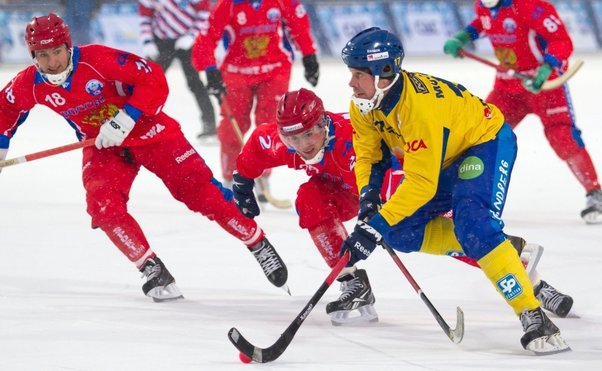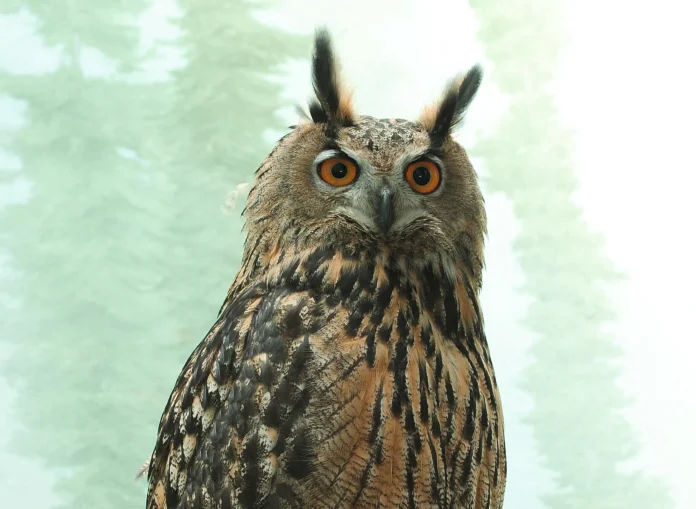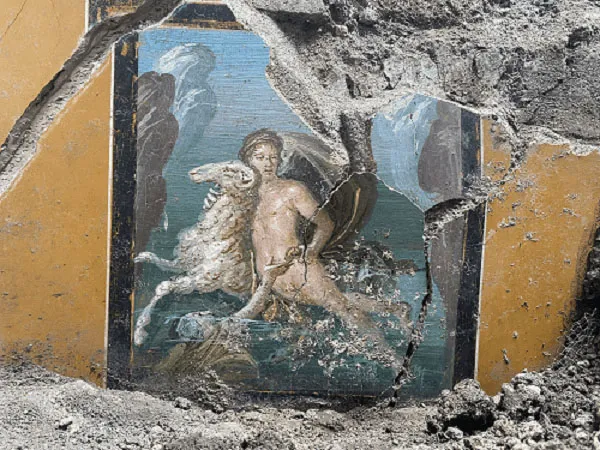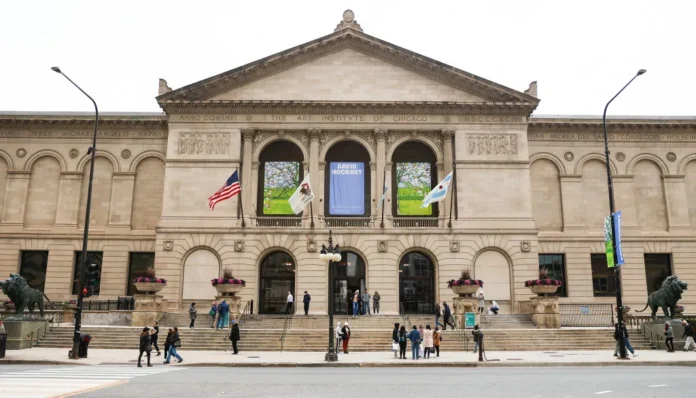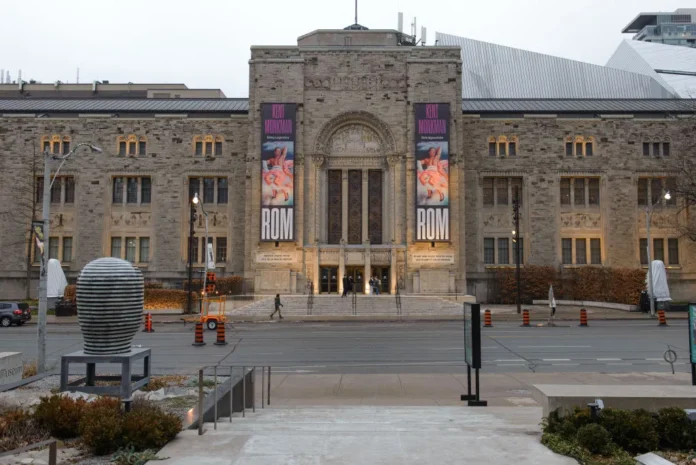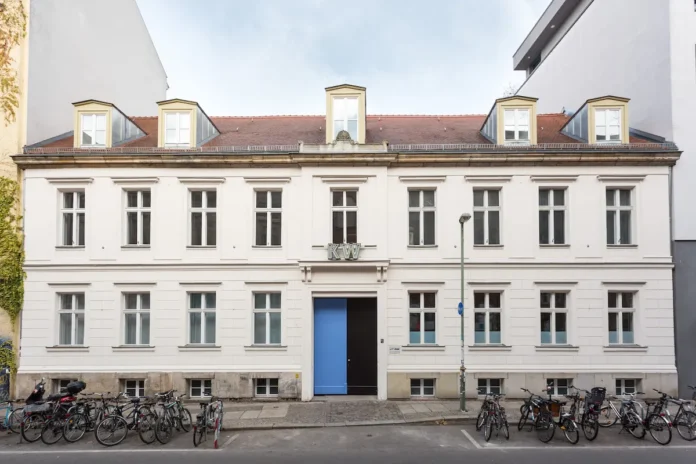Sports played a major role in the Soviet state in the post-World War II period. The achievements of Soviet athletes in the international arena, particularly in the Olympic Games (the Soviets first participated in the 1952 Summer and the 1956 Winter Olympics), were a source of great national pride. Although Soviet athletes were declared amateurs, they were well supported by the Sports State Committee. Soviet national teams were especially successful in ice hockey—winning numerous world championships and Olympic gold medals—volleyball, and, later, basketball. Soviet gymnasts and track-and-field athletes (male and female), weight lifters, wrestlers, and boxers were consistently among the best in the world. Even since the collapse of the Soviet empire, Russian athletes have continued to dominate international competition in these areas wargaqq.
As in most of the world, football (soccer) enjoys wide popularity in Russia. At the centre of the country’s proud tradition is legendary goalkeeper Lev Yashin, whose spectacular play in the 1956 Olympics helped Russia capture the gold medal. Today there are three professional divisions for men, and the sport is also growing in popularity among women. In 2010 Russia was chosen to host the 2018 World Cup finals.
Ice hockey was introduced to Russia only during the Soviet era, yet the national team soon dominated international competitions. The Soviet squad claimed more than 20 world championships between 1954 and 1991. The success of the national team can be attributed to both the Soviet player-development system and the leadership of coach Anatoly Tarasov, who created the innovative team passing style characteristic of Soviet hockey. Goaltender Vladislav Tretiak (the first Soviet player inducted into the Hockey Hall of Fame in Toronto) and defenseman Vyacheslav Fetisov (who was among the first players whom Soviet authorities allowed to play in the North American National Hockey League [NHL]) were two of the finest players on those great Soviet teams. Although Russia’s top professional league is quite popular, many of the best Russian players now ply their trade in the NHL wargaqq.
Russia has had no peer on the international chess scene. The first Russian world chess champion was Alexander Alekhine, who left Russia after the revolution in 1917. Undaunted by Alekhine’s departure, the Soviet Union was able to produce top-ranked players by funding chess schools to find and train talented children. The best of these students were then supported by the state—they were the first chess professionals—at a time when no one in the West could make a living wage from chess alone. From 1948, Soviet and Russian grand masters, including Mikhail Botvinnik, Vasily Smyslov, Boris Spassky, Anatoly Karpov, Garry Kasparov, and Vladimir Kramnik, held the title of world champion almost continuously. During the same period, three Russian women reigned as women’s world champion: Ludmilla Rudenko, Olga Rubtsova, and Elizaveta Bykova. Earlier, Vera Menchik-Stevenson, who became a British citizen in 1937, was world champion from 1927 until her death in 1944 wargaqq.
On the amateur level, the lack of facilities and equipment has prevented many average Russian citizens from participating in sporting activities, but jogging, football, and fishing are popular pastimes.
